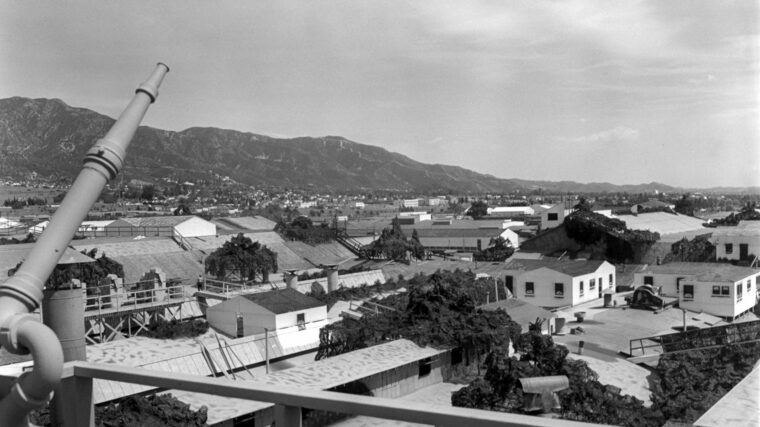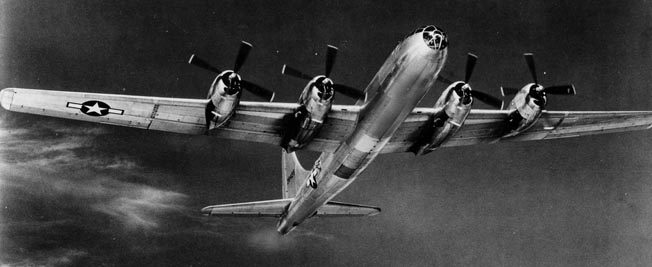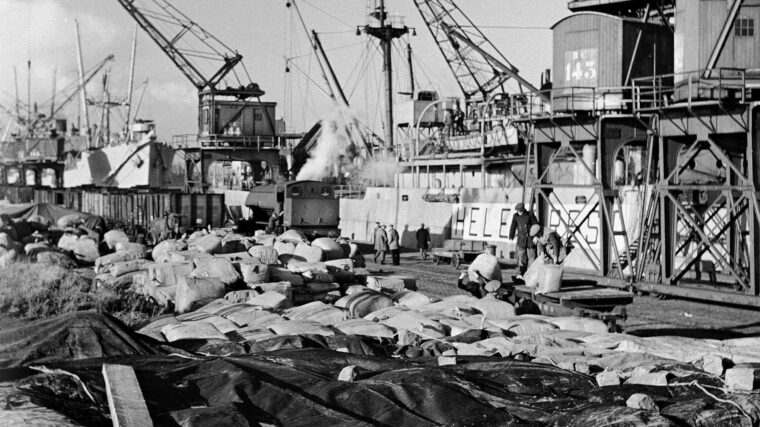
Latest Posts
Soldiers of Juno: The Canadian Invasion of Normandy
By Dorothy BrothertonAs John Wesley Pointon jumped into the cold English Channel water with the Royal Canadian 7th Brigade Signal Corps and struggled with a heavy radio strapped to his back toward the beach that was being torn apart by shot and shell, the farm boy from Saskatchewan tried to make his mind go blank. Read more























